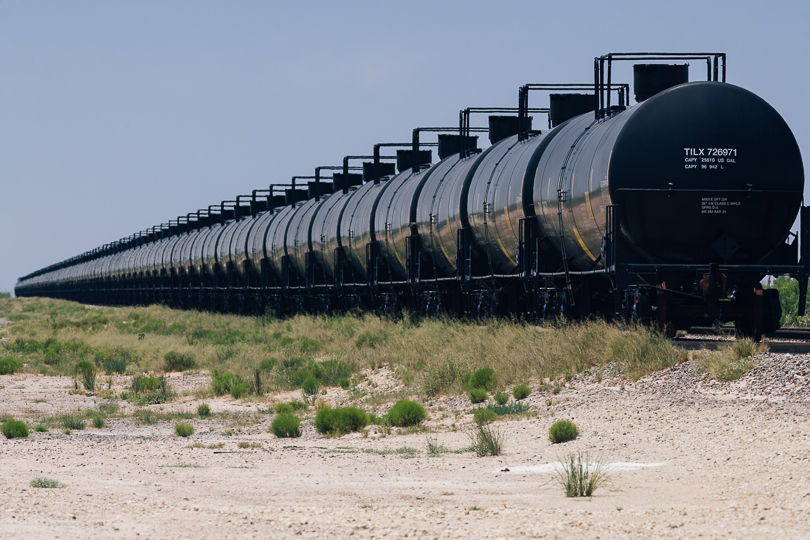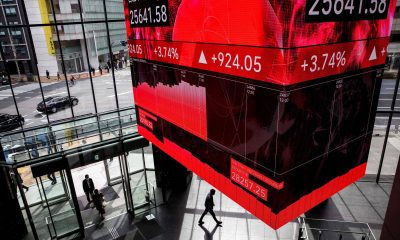Commodities
Crude oil surges higher; helped by U.S. CPI, OPEC report

Oil prices posted strong gains Tuesday, recovering some of the previous session’s sharp losses, helped by slowing U.S. inflation and a relatively bullish monthly report from OPEC.
By 09:30 ET (13:30 GMT), U.S. crude futures traded 3.2% higher at $69.27 a barrel, while the Brent contract rose 3% to $73.98 a barrel.
Both benchmarks slumped over 3.5% Monday, falling to their lowest levels in almost three months on persistent concerns over the demand outlook in the U.S. and China.
These fears were partially lifted Tuesday after U.S. consumer prices recorded the smallest annual increase in inflation in more than two years, supporting the view that the Federal Reserve would decide against raising interest rates on Wednesday.
Worries that the Fed’s aggressive year-long tightening cycle to combat inflation would lead to a recession in the largest crude consumer in the world have weighed on the oil market for some time.
The U.S. currency has also weakened as a result of the Fed’s likely pause, with the dollar index currently trading at its lowest level in around a month. This makes crude, which is denominated in dollars, cheaper, and thus more attractive, for foreign buyers.
Adding to the positive drivers has been the release of the monthly report by the Organization of Petroleum Exporting Countries, a cartel of top producers.
OPEC has held its demand view for the year steady despite signs of slowing growth but also stated that Saudi Arabia’s latest oil production cuts will tighten global markets sharply next month.
World consumption will exceed supplies by roughly 2.7 million barrels a day next month, a report from OPEC indicated on Tuesday, and if the de facto leader of the group decided to extend the reduction for the whole third quarter, it would be the biggest deficit since 2021.
The International Energy Agency, which advises consuming nations, will release its latest projections for global supply and demand on Wednesday.
The American Petroleum Institute is scheduled to release its estimate of U.S. crude inventories later in the session.
Last week, the industry body revealed a fall of around 1.7M barrels, suggesting healthy demand in the run-up to May 29 Memorial Day holiday.
Commodities
Oil prices rise; U.S. crude inventories plunge, Russia-Ukraine truce eyed
Commodities
India’s Reliance to stop buying Venezuelan oil over US tariffs, sources say
Commodities
Oil prices climb on Venezuela supply worries

 Forex3 years ago
Forex3 years agoForex Today: the dollar is gaining strength amid gloomy sentiment at the start of the Fed’s week

 Forex3 years ago
Forex3 years agoUnbiased review of Pocket Option broker

 Forex3 years ago
Forex3 years agoDollar to pound sterling exchange rate today: Pound plummeted to its lowest since 1985

 Forex3 years ago
Forex3 years agoHow is the Australian dollar doing today?

 Cryptocurrency3 years ago
Cryptocurrency3 years agoWhat happened in the crypto market – current events today

 World3 years ago
World3 years agoWhy are modern video games an art form?

 Commodities3 years ago
Commodities3 years agoCopper continues to fall in price on expectations of lower demand in China

 Economy3 years ago
Economy3 years agoCrude oil tankers double in price due to EU anti-Russian sanctions



































